Watery eyes sneezing and runny nose. Hay Fever: Symptoms, Diagnosis, and Treatment Options for Allergic Rhinitis
What are the common symptoms of hay fever. How is allergic rhinitis diagnosed. What are effective treatments for managing seasonal allergies. Can lifestyle changes help reduce hay fever symptoms. Are there complications associated with untreated allergic rhinitis.
Understanding Hay Fever: Causes and Types of Allergic Rhinitis
Hay fever, medically known as allergic rhinitis, is a common condition that affects millions of people worldwide. It occurs when the immune system overreacts to certain airborne substances, triggering a range of uncomfortable symptoms. There are two main types of allergic rhinitis:
- Seasonal allergic rhinitis: Symptoms occur during specific times of the year, typically in spring, summer, and early fall.
- Perennial allergic rhinitis: Symptoms persist year-round, often due to indoor allergens.
The primary triggers for seasonal allergic rhinitis include tree and grass pollen in spring, and ragweed or other weed pollens in fall. Perennial allergic rhinitis is commonly caused by dust mites, pet dander, cockroaches, or mold spores. Understanding the specific allergens that trigger your symptoms is crucial for effective management and treatment.
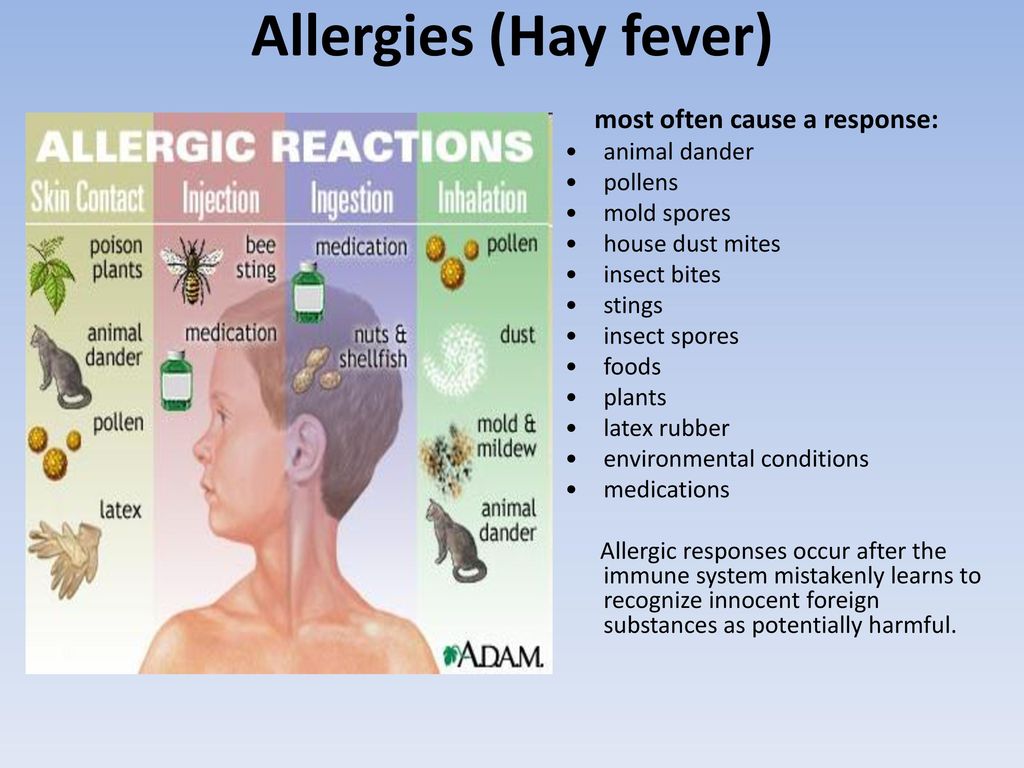
Recognizing the Symptoms of Hay Fever
Allergic rhinitis can manifest in various ways, affecting different parts of the body. The most common symptoms include:
- Nasal congestion or stuffy nose
- Runny nose or post-nasal drip
- Itching in the nose, mouth, eyes, or throat
- Red and watery eyes
- Puffy, swollen eyelids
- Sneezing
- Coughing
Is there a difference between hay fever symptoms and those of a common cold? While both conditions can cause similar discomfort, hay fever symptoms tend to persist for longer periods and are often accompanied by itching, which is less common in colds. Additionally, hay fever doesn’t cause fever, despite its name.
Common Irritants That Exacerbate Hay Fever Symptoms
Besides allergens, certain irritants can worsen hay fever symptoms. These include:
- Cigarette smoke
- Strong odors from perfumes or cleaning products
- Air pollution, including car exhaust and ozone
- Chlorine from swimming pools
- Air fresheners
Identifying and avoiding these irritants can significantly improve your quality of life if you suffer from allergic rhinitis.
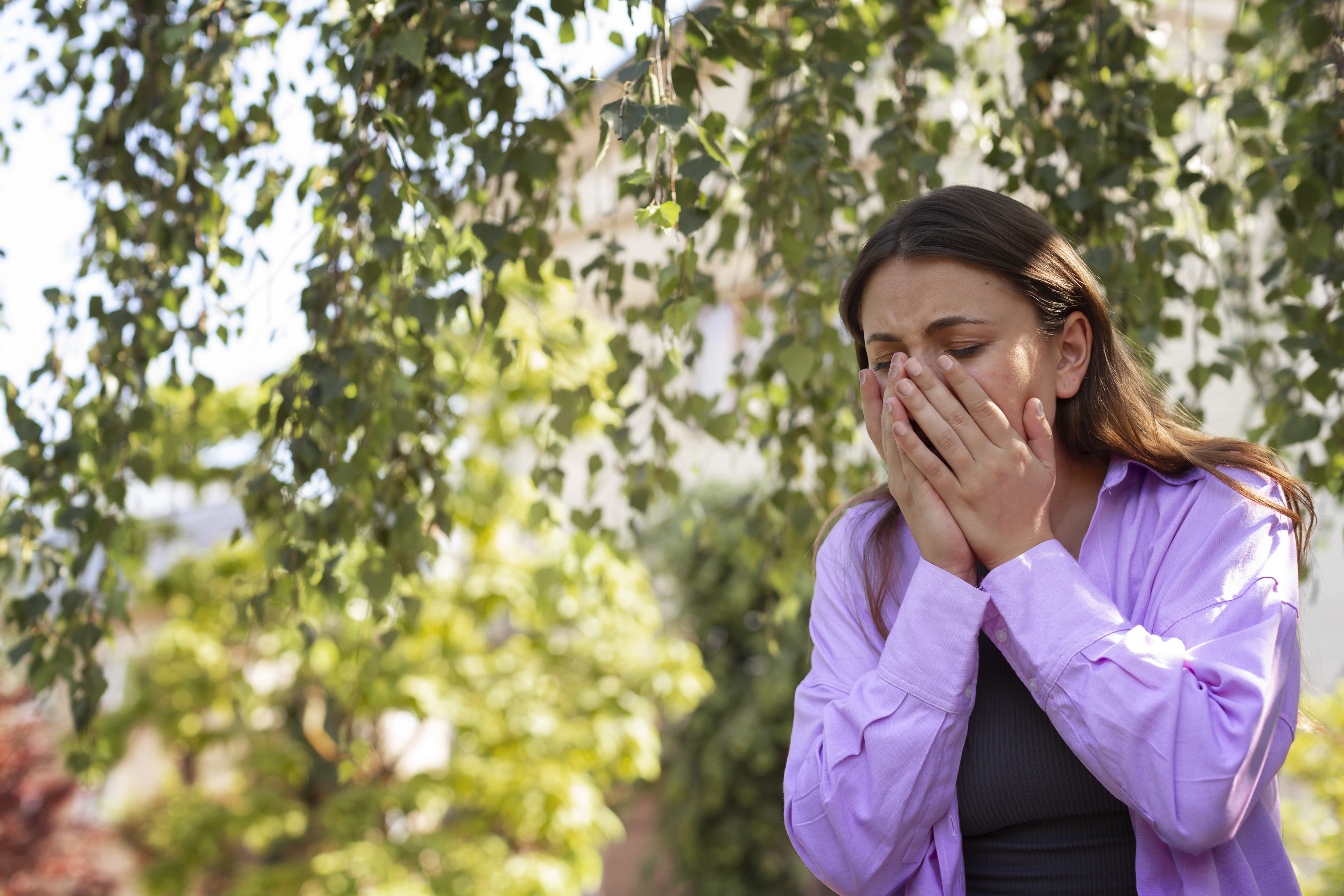
The Impact of Hay Fever on Daily Life and Performance
Hay fever is more than just a nuisance; it can significantly affect various aspects of your life. Some of the ways allergic rhinitis can impact daily functioning include:
- Decreased concentration and focus
- Limited participation in outdoor activities
- Impaired decision-making capacity
- Reduced hand-eye coordination
- Memory problems
- Irritability and mood swings
- Sleep disturbances
- Fatigue
- Increased absenteeism from work or school
- Higher risk of motor vehicle accidents
Can allergic rhinitis affect children differently than adults? Children with hay fever may express their discomfort through behavioral changes, such as acting up at school or home. It’s crucial not to mistake these allergy-induced behaviors for attention deficit disorder. Proper treatment can help manage symptoms and minimize disruptions in learning and behavior.
Diagnosing Hay Fever: When to Consult an Allergist
If you suspect you have allergic rhinitis, consulting an allergist is the most effective way to receive an accurate diagnosis and appropriate treatment plan. The diagnostic process typically involves:
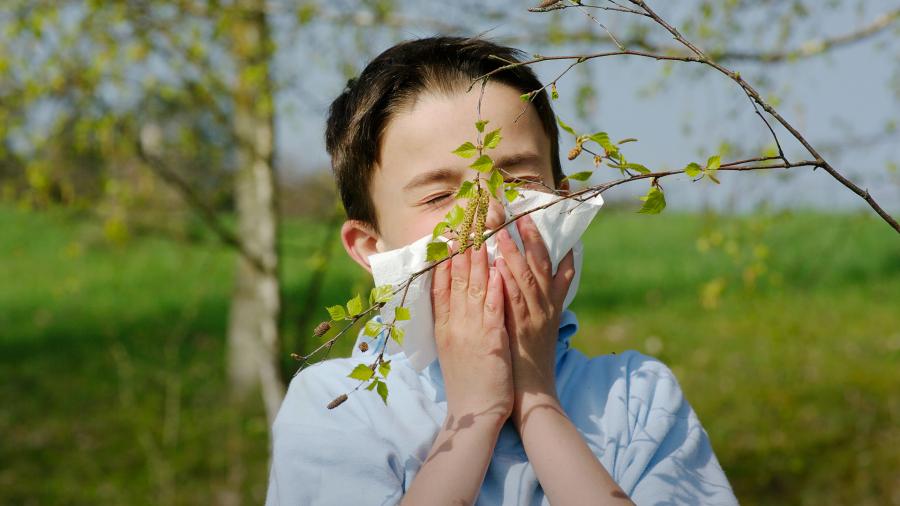
- A detailed medical history
- Discussion of lifestyle factors and environmental exposures
- Physical examination
- Allergy testing
How do allergists determine the specific allergens causing your symptoms? Skin tests are the most common and reliable method for identifying allergens. There are two main types of skin tests:
- Prick or scratch test: A tiny amount of a potential allergen is pricked or scratched into the skin’s surface. Results are visible within 10-20 minutes.
- Intradermal test: A small amount of allergen is injected under the skin. This test is more sensitive and is checked after about 20 minutes.
In some cases, blood tests may be used to complement or replace skin tests, particularly if skin testing is not feasible due to certain skin conditions or medications.
Effective Treatment Strategies for Managing Hay Fever
Managing hay fever often requires a multi-faceted approach. Treatment options may include:
- Allergen avoidance
- Medications
- Immunotherapy
- Nasal irrigation
- Lifestyle modifications
Medications for Allergic Rhinitis
Several types of medications can help alleviate hay fever symptoms:
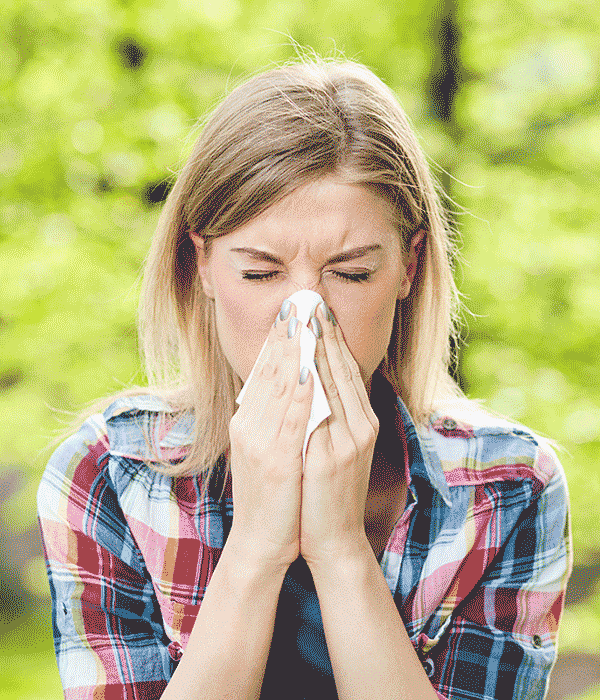
- Antihistamines: These block the effects of histamine, reducing sneezing, itching, and runny nose.
- Decongestants: Help relieve nasal congestion and sinus pressure.
- Nasal corticosteroids: Reduce inflammation in the nasal passages, alleviating multiple symptoms.
- Leukotriene modifiers: Block the action of certain inflammatory chemicals in the body.
- Cromolyn sodium: Prevents the release of histamine and other chemicals that cause allergy symptoms.
Are over-the-counter medications sufficient for managing hay fever, or should you consult a doctor? While many people find relief with OTC options, persistent or severe symptoms may require prescription medications or other interventions. It’s always best to consult with a healthcare provider for personalized advice.
Immunotherapy: A Long-Term Solution for Allergic Rhinitis
For individuals with severe or persistent allergies, immunotherapy may offer a long-term solution. This treatment involves exposing the body to gradually increasing amounts of an allergen to build tolerance. Immunotherapy can be administered as:
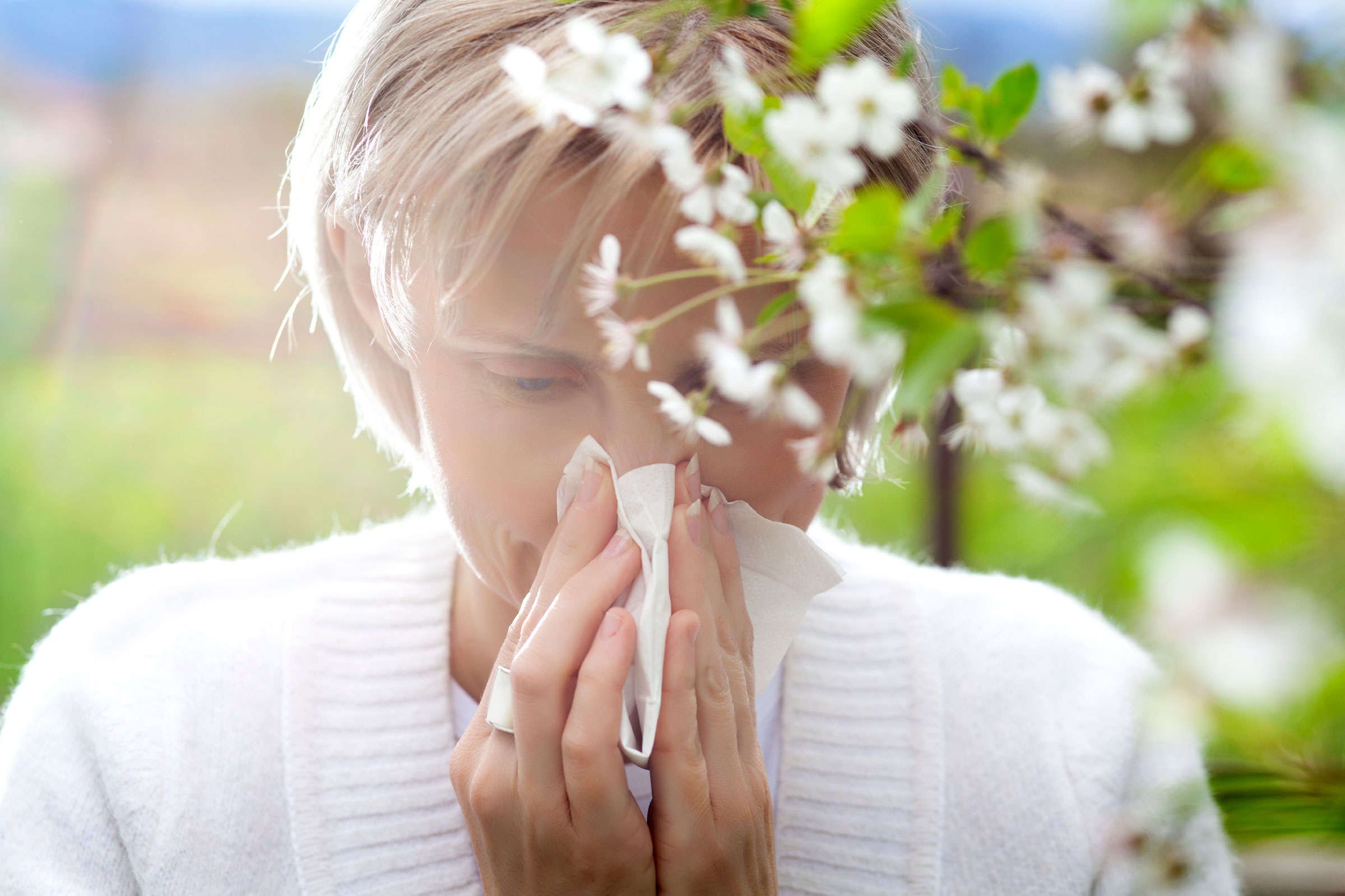
- Allergy shots (subcutaneous immunotherapy)
- Sublingual tablets (placed under the tongue)
How long does immunotherapy take to show results? While some people may notice improvement within the first year of treatment, it typically takes 3-5 years of consistent therapy to achieve maximum benefit.
Lifestyle Modifications and Home Remedies for Hay Fever Relief
In addition to medical treatments, several lifestyle changes and home remedies can help manage hay fever symptoms:
- Monitor pollen counts and limit outdoor activities when counts are high
- Keep windows closed during high pollen periods
- Use air purifiers with HEPA filters indoors
- Shower and change clothes after spending time outdoors
- Wear sunglasses or wraparound glasses to protect eyes from pollen
- Use a saline nasal spray to rinse allergens from nasal passages
- Apply cold compresses to relieve eye symptoms
- Stay hydrated to thin mucus secretions
Can dietary changes help alleviate hay fever symptoms? While there’s no specific diet for hay fever, some people find relief by consuming foods rich in quercetin (such as onions, apples, and berries) or omega-3 fatty acids (found in fatty fish, walnuts, and flaxseeds). However, it’s important to note that dietary changes should complement, not replace, conventional treatments.
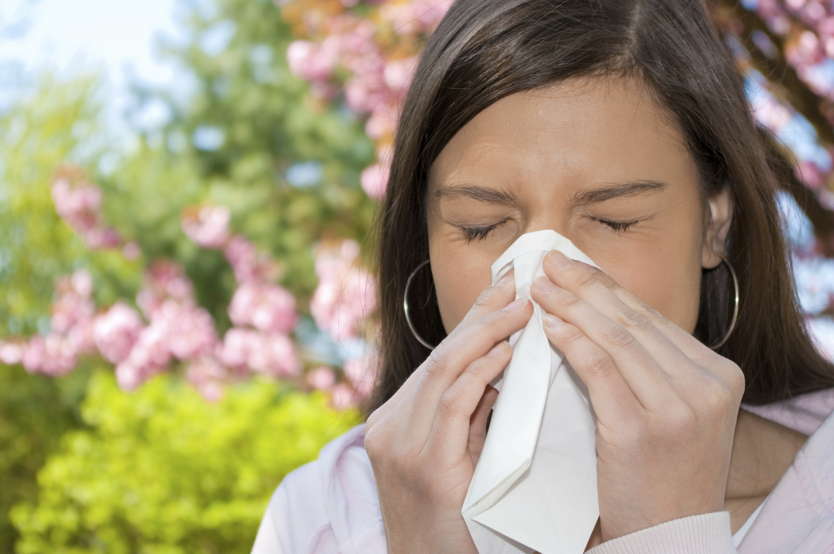
Complications and Related Conditions of Untreated Allergic Rhinitis
Left untreated, hay fever can lead to various complications and exacerbate other health conditions:
- Sinusitis: Inflammation or infection of the sinus cavities
- Ear infections: Particularly in children
- Asthma: Allergic rhinitis can trigger or worsen asthma symptoms
- Sleep apnea: Chronic nasal congestion can contribute to sleep-disordered breathing
- Decreased quality of life: Persistent symptoms can affect work, school, and social activities
How can you differentiate between allergic rhinitis and other nasal conditions? Some conditions, such as non-allergic rhinitis or structural problems like a deviated septum, can cause similar symptoms. A proper diagnosis from an allergist or ENT specialist is crucial for appropriate treatment.
The Link Between Allergic Rhinitis and Asthma
There’s a strong connection between allergic rhinitis and asthma, often referred to as the “unified airway disease” concept. Many people with asthma also have hay fever, and treating allergic rhinitis can help improve asthma control. If you have both conditions, a comprehensive management plan addressing both upper and lower airway symptoms is essential.

Emerging Treatments and Research in Allergic Rhinitis Management
The field of allergy treatment is continually evolving, with new therapies and approaches being developed. Some promising areas of research include:
- Biologics: Targeted therapies that interfere with specific pathways in the allergic response
- Novel immunotherapy approaches: Including oral immunotherapy and epicutaneous immunotherapy
- Probiotics: Exploring the role of gut microbiome in allergic diseases
- Gene therapy: Investigating genetic factors that contribute to allergic rhinitis
What potential breakthroughs in hay fever treatment can we expect in the coming years? While it’s difficult to predict specific outcomes, ongoing research aims to develop more targeted, personalized, and effective treatments with fewer side effects. Advances in understanding the underlying mechanisms of allergic diseases may lead to preventive strategies and potentially curative treatments in the future.
In conclusion, hay fever is a common but manageable condition that affects millions worldwide. By understanding its causes, recognizing symptoms, and working with healthcare professionals to develop an effective treatment plan, individuals with allergic rhinitis can significantly improve their quality of life. Whether through medication, immunotherapy, lifestyle changes, or a combination of approaches, relief from hay fever symptoms is achievable for most people. As research continues to advance our understanding of allergic diseases, we can look forward to even more effective and personalized treatment options in the years to come.
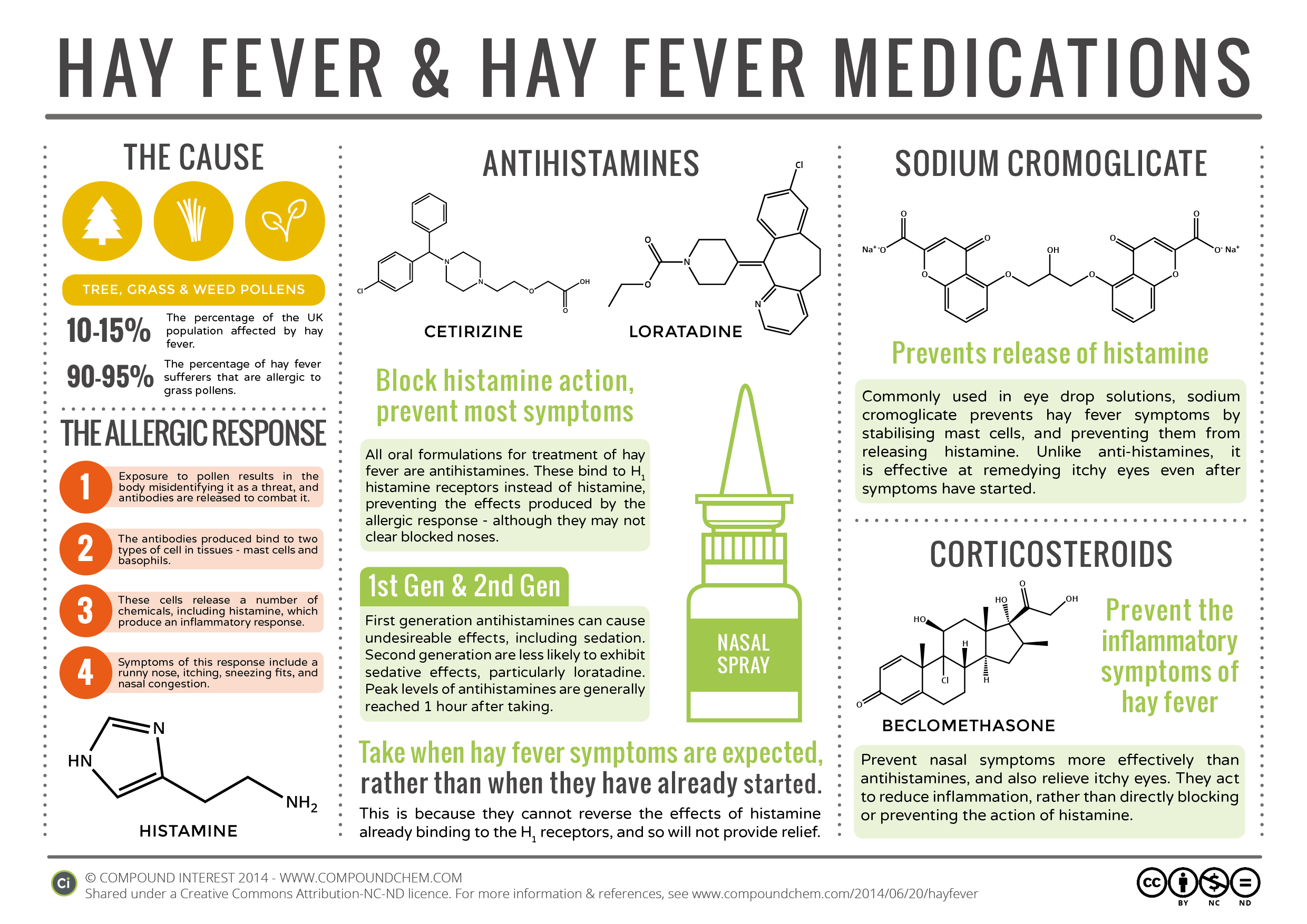
Hay Fever (Rhinitis) | Symptoms & Treatment
Symptoms
People with allergic rhinitis generally experience symptoms after breathing in an allergy-causing substance such as pollen or dust. In the spring, the most common triggers are tree and grass pollen. In the fall, a common allergen is ragweed or other weed pollens or outdoor mold.
When a sensitive person inhales an allergen, the body’s immune system may react with the following symptoms (listed in order of frequency):
- Stuffy nose due to blockage or congestion
- Runny nose or post nasal drainage
- Itching, usually in the nose, mouth, eyes, or throat
- Red and watery eyes
- Puffy, swollen eyelids
- Sneezing
- Cough
Symptoms also may be triggered by common irritants such as:
- Cigarette smoke
- Strong odors, such as perfume, or hair spray and fumes
- Cleaning solutions, pool chlorine, car exhaust and other air pollutants (i.e., ozone)
- Air fresheners
There are two types of allergic rhinitis:
- Seasonal: Symptoms can occur in spring, summer, and early fall.
 They are usually caused by sensitivity to airborne mold spores or to pollens from trees, grasses, or weeds.
They are usually caused by sensitivity to airborne mold spores or to pollens from trees, grasses, or weeds. - Perennial: Symptoms occur year-round and are generally caused by sensitivity to dust mites, pet hair or dander, cockroaches or mold.
Allergic rhinitis can be associated with:
- Decreased concentration and focus
- Limited activities
- Decreased decision-making capacity
- Impaired hand-eye coordination
- Problems remembering things
- Irritability
- Sleep disorders
- Fatigue
- Missed days of work or school
- More motor vehicle accidents
- More school or work injuries
Many parents of children with allergic rhinitis have said that their children are more moody and irritable during allergy season. Since children cannot always express their symptoms verbally, they may express their discomfort by acting up at school and at home. In addition, some children feel that having an allergy is a stigma that separates them from others.
It is important that the irritability or other symptoms caused by allergy symptoms are not mistaken for attention deficit disorder. With proper treatment, symptoms can be kept under control and disruptions in learning and behavior can be avoided.
Symptoms of allergic rhinitis have other causes as well, the most customary being the common cold – an example of infectious rhinitis. Most infections are relatively short-lived, with symptoms improving in three to seven days.
Many people have recurrent or chronic nasal congestion, excess mucus production, itching and other nasal symptoms similar to those of allergic rhinitis. In those cases, an allergy may not be the cause.
Diagnosing
Occasional allergies aren’t just something you have to live with. Consulting an allergist is the most effective way to diagnose and treat allergic rhinitis symptoms and help you find relief.
Your allergist may start by taking a detailed history, looking for clues in your lifestyle that will help pinpoint the cause of your symptoms.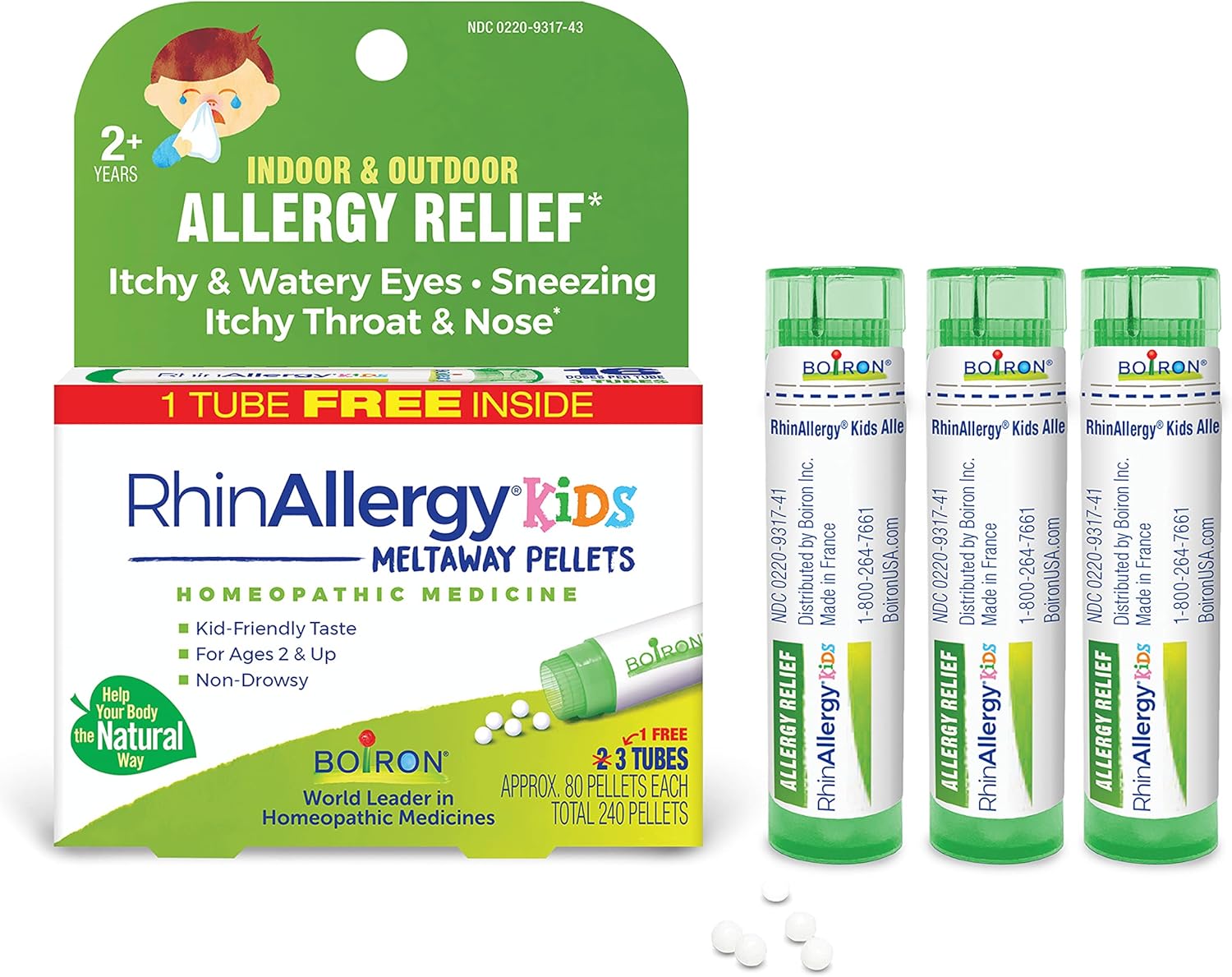 You’ll be asked, among other things, about your work and home environments (including whether you have a pet) your family’s medical history and the frequency and severity of your symptoms.
You’ll be asked, among other things, about your work and home environments (including whether you have a pet) your family’s medical history and the frequency and severity of your symptoms.
Sometimes allergic rhinitis can be complicated by several medical conditions, such as a deviated septum (curvature of the bone and cartilage that separate the nostrils) or nasal polyps (abnormal growths inside the nose and sinuses). Any of these conditions will be made worse by catching a cold. Nasal symptoms caused by more than one problem can be difficult to treat, often requiring the cooperation of an allergist and another specialist, such as an otolaryngologist (ear, nose, and throat specialist surgeon).
Your allergist may recommend a skin test, in which small amounts of suspected allergens are introduced into your skin. Skin testing is the easiest, most sensitive, and generally least expensive way of identifying allergens.
Types of skin tests
- Prick or scratch test: In this test, a tiny drop of a possible allergen is pricked or scratched into the skin.
 Also known as a percutaneous test, this is the most common type of skin test. The results are known within 10 to 20 minutes.
Also known as a percutaneous test, this is the most common type of skin test. The results are known within 10 to 20 minutes. - Intradermal test: A small amount of a possible allergen is injected under the skin using a thin needle. The site is checked for a reaction after about 20 minutes. This test is typically more sensitive than the prick or scratch test.
Management and Treatment
Avoidance
The first approach in managing seasonal or perennial forms of allergic rhinitis or hay fever should be to avoid the allergens that trigger symptoms, if possible.
Outdoor exposure
- Stay indoors as much as possible when pollen counts are at their peak, usually during the midmorning and early evening (this may vary according to plant pollen), and when wind is blowing pollens around.
- Avoid using window fans that can draw pollens and molds into the house.
- Wear glasses or sunglasses when outdoors to minimize the amount of pollen getting into your eyes.

- Don’t hang clothing outdoors to dry; pollen may cling to towels and sheets.
- Try not to rub your eyes; doing so will irritate them and could make your symptoms worse.
Indoor exposure
- Keep windows closed and use air conditioning in your car and home. Make sure to keep your air conditioning unit clean.
- Reduce exposure to dust mites, especially in the bedroom. Use “mite-proof” covers for pillows, comforters and duvets, and mattresses and box springs. Wash your bedding frequently, using hot water (at least 130 degrees Fahrenheit).
- To limit exposure to mold, keep the humidity in your home low (between 30 and 50 percent) and clean your bathrooms, kitchen, and basement regularly. Use a dehumidifier, especially in the basement and in other damp, humid places, and empty and clean it often. If mold is visible, clean it with mild detergent and a 5 percent bleach solution as directed by an allergist.
- Clean floors with a damp rag or mop, rather than dry-dusting or sweeping.

Exposure to pets
- Wash your hands immediately after petting any animals; wash your clothes after visiting friends with pets.
- If you are allergic to a household pet, keep your pet out of your home as much as possible. If the pet must be inside, keep it out of your bedroom so you are not exposed to pet allergens while you sleep.
- Close the air ducts to your bedroom if you have forced-air or central heating or cooling. Replace carpeting with hardwood, tile, or linoleum, all of which are easier to keep dander-free.
Medications
Many allergens that trigger allergic rhinitis are airborne, so you can’t always avoid them. If your symptoms can’t be well-controlled by simply avoiding triggers, your allergist may recommend medications that reduce nasal congestion, sneezing, and an itchy and runny nose. They are available in many forms – oral tablets, liquid medication, nasal sprays and eyedrops. Some medications may have side effects, so discuss these treatments with your allergist so they can help you live the life you want.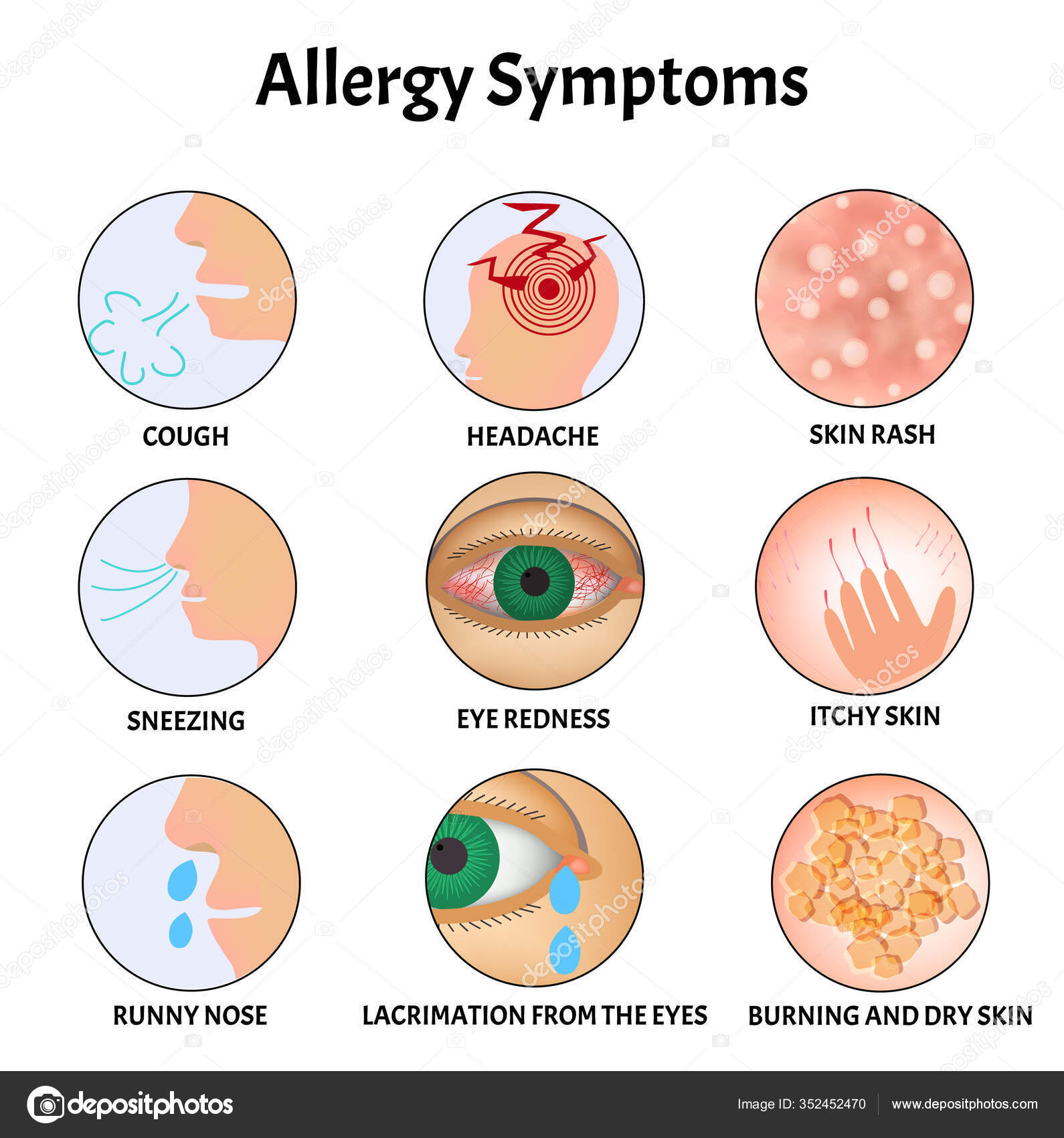
Intranasal corticosteroids
Intranasal corticosteroids are the single most effective drug class for treating allergic rhinitis. They can significantly reduce nasal congestion as well as sneezing, itching and a runny nose.
Ask your allergist about whether these medications are appropriate and safe for you. These sprays are designed to avoid the side effects that may occur from steroids that are taken by mouth or injection. Take care not to spray the medication against the center portion of the nose (the nasal septum). The most common side effects are local irritation and nasal bleeding. Some older preparations have been shown to have some effect on children’s growth; data about some newer steroids don’t indicate an effect on growth.
Antihistamines
Antihistamines are commonly used to treat allergic rhinitis. These medications counter the effects of Histamine is one of the substances responsible for the symptoms on inflammation and is the major reason for running of the nose, sneezing, and itching in allergic rhinitis. It also stimulates production of acid by the stomach and narrows the bronchi or airways in the lungs."}" data-sheets-userformat="{"2":8963,"3":{"1":0},"4":[null,2,16777215],"11":4,"12":0,"16":10}">Histamine is a chemical present in cells throughout the body that is released during an allergic reaction. Histamine is one of the substances responsible for the symptoms of inflammation and is the major reason for a nose running, sneezing, and itching in allergic rhinitis. It also stimulates acid production by the stomach and narrows the bronchi or airways in the lungs.</span>” rel=”tooltip”>histamine, the irritating chemical released within your body when an allergic reaction takes place. Although other chemicals are involved, histamine is primarily responsible for causing the symptoms. Antihistamines are found in eyedrops, nasal sprays and, most commonly, oral tablets and syrup.
Antihistamines are found in eyedrops, nasal sprays and, most commonly, oral tablets and syrup.
Antihistamines help to relieve nasal allergy symptoms such as:
- Sneezing and an itchy, runny nose
- Eye itching, burning, tearing and redness
- Itchy skin, hives and eczema
There are dozens of antihistamines; some are available over the counter, while others require a prescription. Patients respond to them in a wide variety of ways.
Patients respond to them in a wide variety of ways.
Generally, the newer (second-generation) products work well and produce only minor side effects. Some people find that an antihistamine becomes less effective as the allergy season worsens or as their allergies change over time. If you find that an antihistamine is becoming less effective, tell your allergist, who may recommend a different type or strength of antihistamine. If you have excessive nasal dryness or thick nasal mucus, consult an allergist before taking antihistamines. Contact your allergist for advice if an antihistamine causes drowsiness or other side effects.
Proper use: Short-acting antihistamines can be taken every four to six hours, while timed-release antihistamines are taken every 12 to 24 hours. The short-acting antihistamines are often most helpful if taken 30 minutes before an anticipated exposure to an allergen (such as at a picnic during ragweed season). Timed-release antihistamines are better suited to long-term use for those who need daily medications.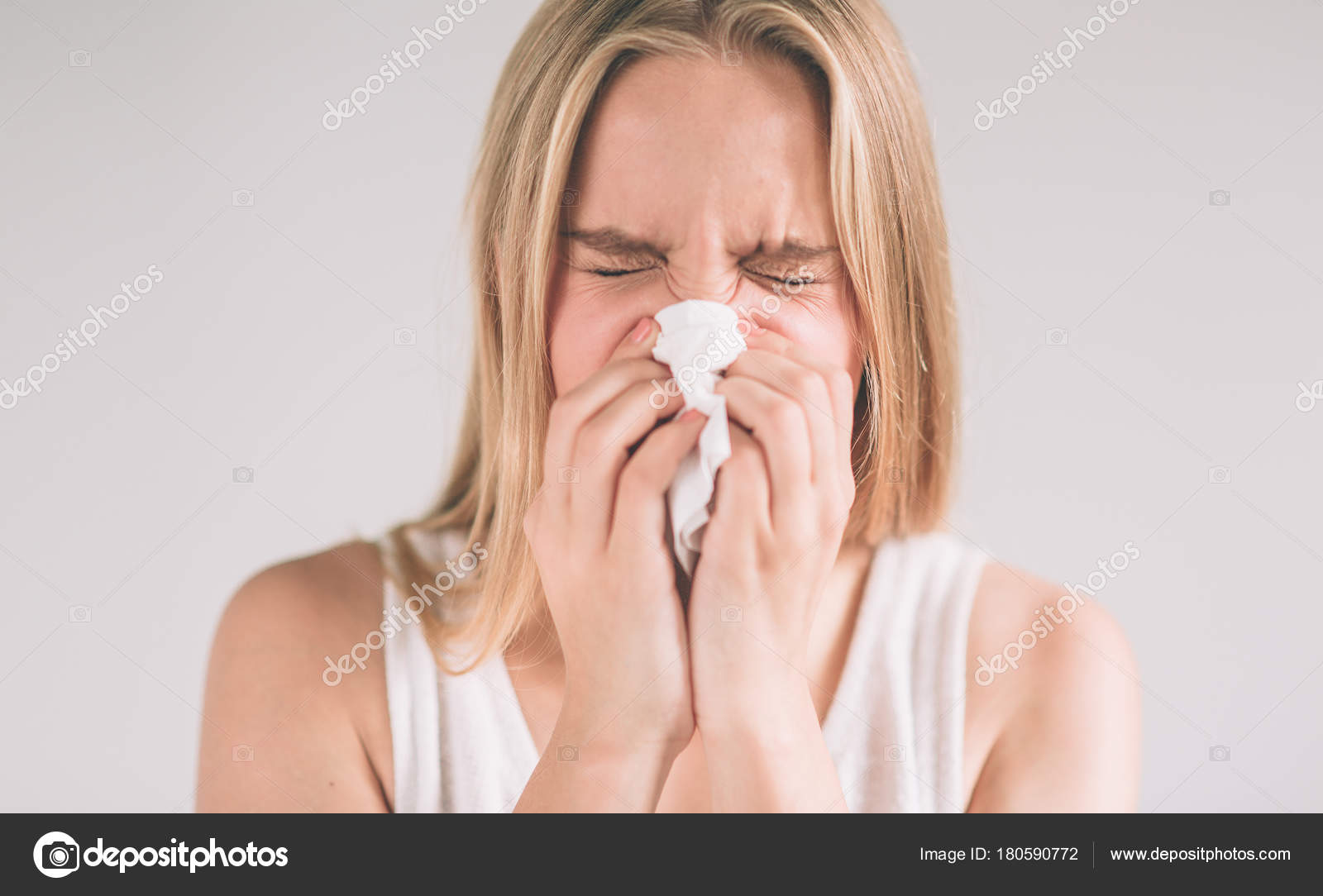 Proper use of these drugs is just as important as their selection. The most effective way to use them is before symptoms develop. A dose taken early can eliminate the need for many later doses to reduce established symptoms. Many times, a patient will say that he or she “took one, and it didn’t work.” If the patient had taken the antihistamine regularly for three to four days to build up blood levels of the medication, it might have been effective.
Proper use of these drugs is just as important as their selection. The most effective way to use them is before symptoms develop. A dose taken early can eliminate the need for many later doses to reduce established symptoms. Many times, a patient will say that he or she “took one, and it didn’t work.” If the patient had taken the antihistamine regularly for three to four days to build up blood levels of the medication, it might have been effective.
Side effects: Older (first-generation) antihistamines may cause drowsiness or performance impairment, which can lead to accidents and personal injury. Even when these medications are taken only at bedtime, they can still cause considerable impairment the following day, even in people who do not feel drowsy. For this reason, it is important that you do not drive a car or work with dangerous machinery when you take a potentially sedating antihistamine. Some of the newer antihistamines do not cause drowsiness.
A frequent side effect is excessive dryness of the mouth, nose, and eyes.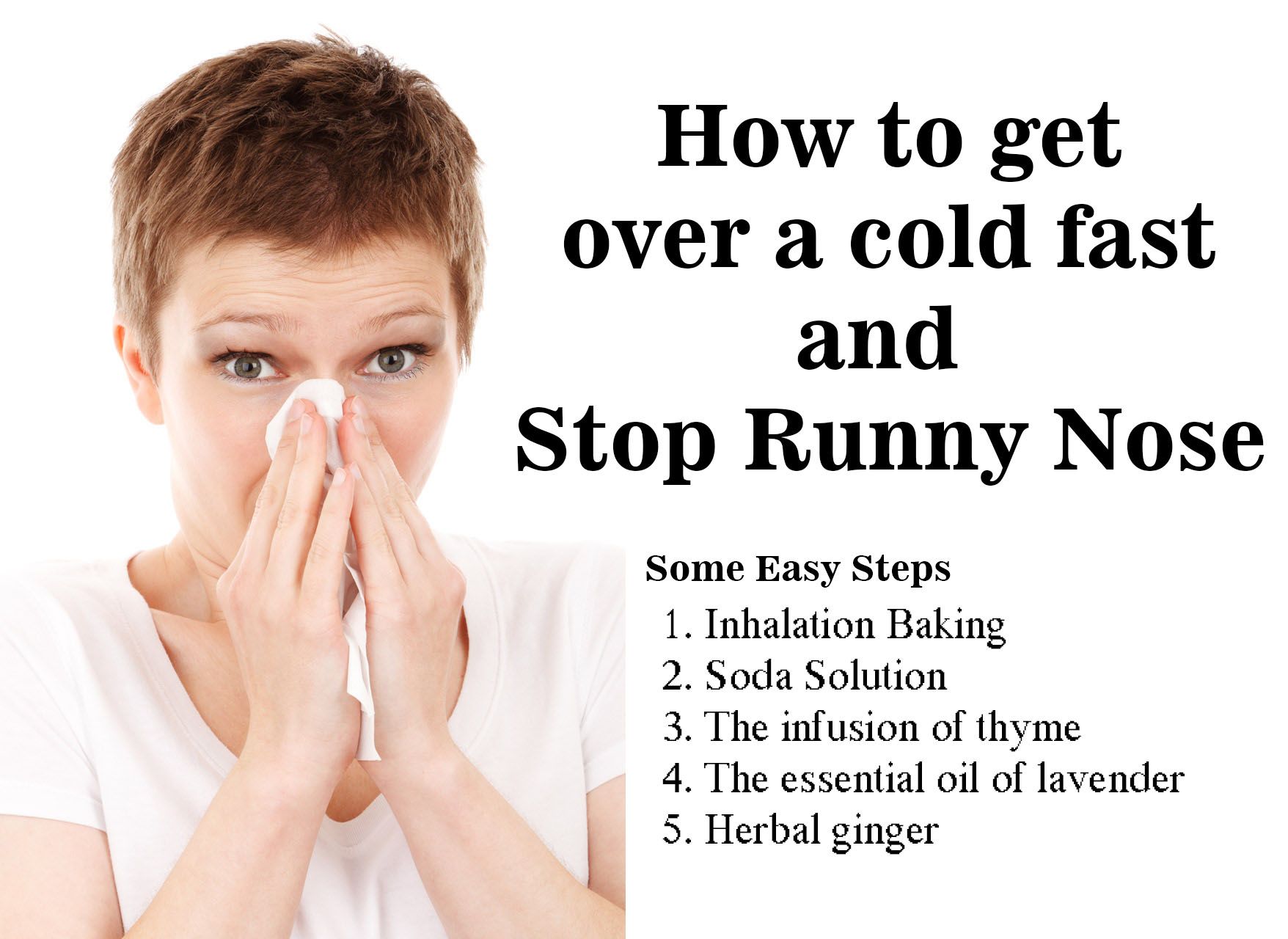 Less common side effects include restlessness, nervousness, overexcitability, insomnia, dizziness, headaches, euphoria, fainting, visual disturbances, decreased appetite, nausea, vomiting, abdominal distress, constipation, diarrhea, increased or decreased urination, urinary retention, high or low blood pressure, nightmares (especially in children), sore throat, unusual bleeding or bruising, chest tightness or palpitations. Men with prostate enlargement may encounter urinary problems while on antihistamines. Consult your allergist if these reactions occur.
Less common side effects include restlessness, nervousness, overexcitability, insomnia, dizziness, headaches, euphoria, fainting, visual disturbances, decreased appetite, nausea, vomiting, abdominal distress, constipation, diarrhea, increased or decreased urination, urinary retention, high or low blood pressure, nightmares (especially in children), sore throat, unusual bleeding or bruising, chest tightness or palpitations. Men with prostate enlargement may encounter urinary problems while on antihistamines. Consult your allergist if these reactions occur.
Important precautions:
- Follow your allergist’s instructions.
- Alcohol and tranquilizers increase the sedation side effects of antihistamines.
- Do not use more than one antihistamine at a time, unless prescribed.
- Keep these medications out of the reach of children.
- Know how the medication affects you before working with heavy machinery, driving, or doing other performance-intensive tasks; some products can slow your reaction time.

- Some antihistamines appear to be safe to take during pregnancy, but there have not been enough studies to determine the absolute safety of antihistamines in pregnancy. Again, consult your allergist or your obstetrician if you are pregnant or considering getting pregnant.
- While antihistamines have been taken safely by millions of people in the last 50 years, don’t take antihistamines before telling your allergist if you are allergic to, or intolerant of, any medicine; are pregnant or intend to become pregnant while using this medication; are breast-feeding; have glaucoma or an enlarged prostate; or are ill.
- Never take anyone else’s medication.
Decongestants
Decongestants help relieve the stuffiness and pressure caused by swollen nasal tissue. They do not contain antihistamines, so they do not cause antihistaminic side effects. They do not relieve other symptoms of allergic rhinitis. Oral decongestants are available as prescription and nonprescription medications and are often found in combination with antihistamines or other medications. It is not uncommon for patients using decongestants to experience insomnia if they take the medication in the afternoon or evening. If this occurs, a dose reduction may be needed. At times, men with prostate enlargement may encounter urinary problems while on decongestants. Patients using medications to manage emotional or behavioral problems should discuss this with their allergist before using decongestants. Patients with high blood pressure or heart disease should check with their allergist before using. Pregnant patients should also check with their allergist before starting decongestants.
It is not uncommon for patients using decongestants to experience insomnia if they take the medication in the afternoon or evening. If this occurs, a dose reduction may be needed. At times, men with prostate enlargement may encounter urinary problems while on decongestants. Patients using medications to manage emotional or behavioral problems should discuss this with their allergist before using decongestants. Patients with high blood pressure or heart disease should check with their allergist before using. Pregnant patients should also check with their allergist before starting decongestants.
Nonprescription decongestant nasal sprays work within minutes and last for hours, but you should not use them for more than a few days at a time unless instructed by your allergist. Prolonged use can cause rhinitis medicamentosa or rebound swelling of the nasal tissue, leading to more frequent congestion and need to re-dose medication more frequently than recommended. Stopping the use of the decongestant nasal spray will cure the swelling if there is no underlying disorder.
Other nasal sprays
Nonprescription saline nasal sprays will help counteract symptoms such as dry nasal passages or thick nasal mucus. Unlike decongestant nasal sprays, a saline nasal spray can be used as often as it is needed. Sometimes an allergist may recommend washing (douching) the nasal passage. There are many OTC delivery systems for saline rinses, including neti pots and saline rinse bottles.
Nasal cromolyn (Nasalcrom) blocks the body’s release of allergy-causing substances. It does not work in all patients. The full dose is four times daily, and improvement of symptoms may take several weeks. Nasal cromolyn can help prevent allergic nasal reactions if taken prior to an allergen exposure.
Nasal ipratropium bromide spray (Atrovent) can help reduce nasal drainage from allergic rhinitis or some forms of nonallergic rhinitis.
Another prescription nasal spray option is an intranasal antihistamine. These medications, such as azelastine (Astelin) or olopatadine (Patanase), are older antihistamines with some allergy cell stabilizing properties that can be used alone or with other medications including oral antihistamines and intranasal steroids.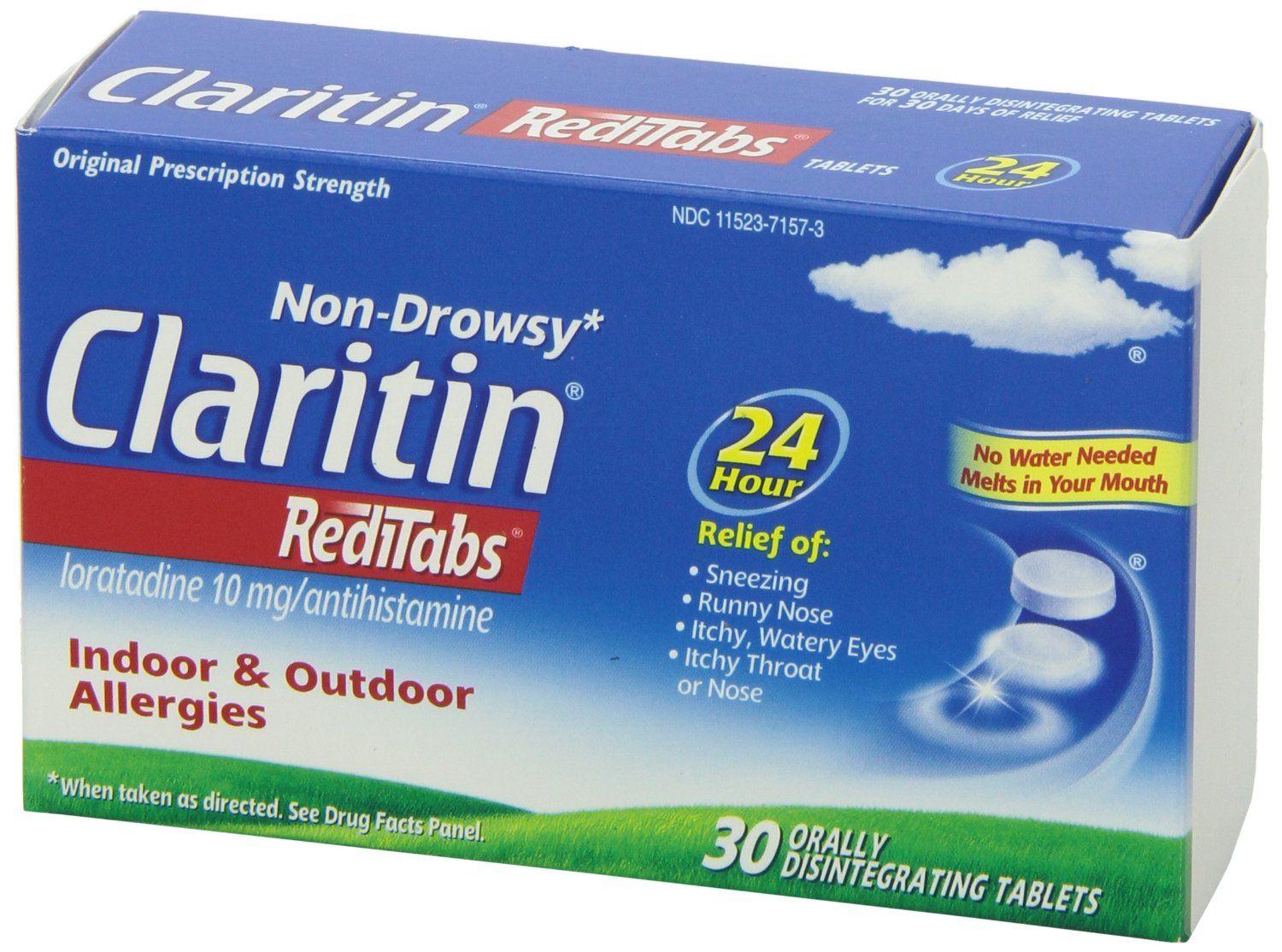 One nice feature of these medications is that they work quickly enough that they can be used as needed rather than every day. They can also help relieve nasal congestion and post nasal drainage but can cause sedation in some patients. Azelastine in particular may have an unpleasant taste.
One nice feature of these medications is that they work quickly enough that they can be used as needed rather than every day. They can also help relieve nasal congestion and post nasal drainage but can cause sedation in some patients. Azelastine in particular may have an unpleasant taste.
Leukatriene pathway inhibitors
Leukotriene pathway inhibitors (montelukast, zafirlukast and zileuton) block the action of leukotriene, a substance in the body that can cause symptoms of allergic rhinitis. These drugs are also used to treat "}" data-sheets-userformat="{"2":8963,"3":{"1":0},"4":[null,2,16777215],"11":4,"12":0,"16":10}">Asthma is a chronic, inflammatory lung disease characterized by recurrent breathing problems. People with asthma have acute episodes where the air passages in their lungs get narrower, and breathing becomes more difficult. Sometimes episodes of asthma are triggered by allergens, although infection, exercise, cold air and other factors are also important triggers.</span>” rel=”tooltip”>asthma and are only available by prescription. Montelukast was recently given a warning from the FDA regarding potential behavioral changes.
Immunotherapy involves giving gradually increasing doses of the substance, or allergen, to which the person is allergic. The incremental increases of the allergen cause the immune system to become less sensitive to the substance, perhaps by causing production of a particular \"blocking\" antibody, which reduces the symptoms of allergy when the substances is encountered in the future."}" data-sheets-userformat="{"2":8963,"3":{"1":0},"4":[null,2,16777215],"11":4,"12":0,"16":10}">Immunotherapy is a form of preventive and anti-inflammatory treatment of allergy to substances such as pollens, house dust mites, fungi, and stinging insect venom. Immunotherapy involves giving gradually increasing doses of the substance, or allergen, to which the person is allergic. The incremental increases of the allergen cause the immune system to become less sensitive to the substance, perhaps by causing production of a particular "blocking" antibody, which reduces the symptoms of allergy when the substance is encountered in the future.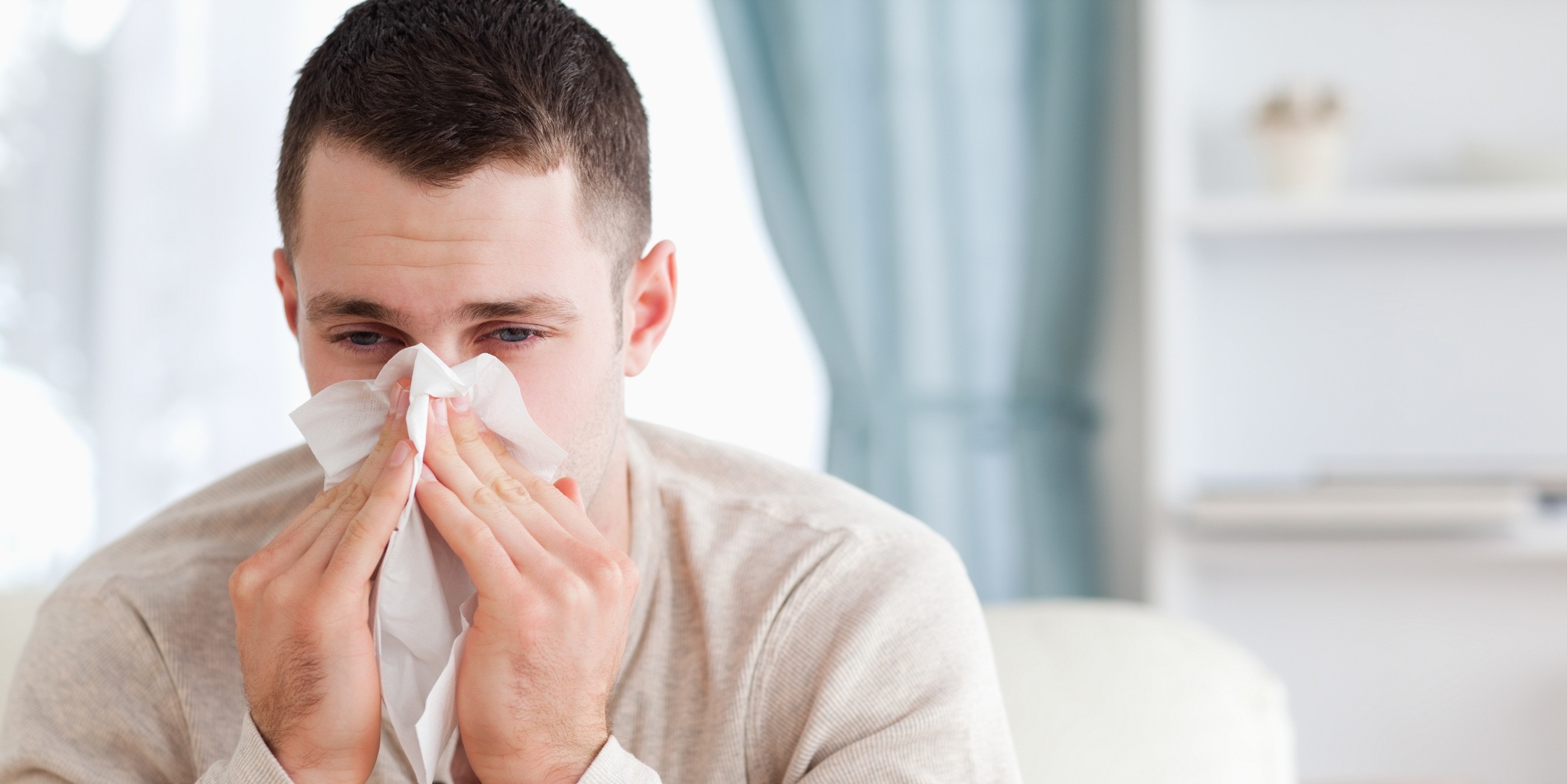 </span>” rel=”tooltip”>Immunotherapy
</span>” rel=”tooltip”>Immunotherapy
Immunotherapy may be recommended for people who don’t respond well to treatment with medications or who experience side effects from medications, who have allergen exposure that is unavoidable or who desire a more permanent solution to their allergies. Immunotherapy can be very effective in controlling allergic symptoms, but it doesn’t help the symptoms produced by nonallergic rhinitis.
Two types of immunotherapy are available: allergy shots and sublingual (under-the-tongue) tablets.
- Allergy shots: A treatment program, which typically continues for three to five years, consists of injections of a diluted allergy extract, administered frequently in increasing doses until a maintenance dose is reached. Then the injection schedule is changed so that the same dose is given with longer intervals between injections. Immunotherapy helps the body build tolerance to the effects of the allergen, reduces the intensity of symptoms caused by allergen exposure and sometimes can make skin test reactions disappear.
 As tolerance develops over several months, symptoms should improve.
As tolerance develops over several months, symptoms should improve. - Sublingual tablets: This type of immunotherapy was approved by the Food and Drug Administration in 2014. Starting several months before allergy season begins, patients dissolve a tablet under the tongue daily. Some patients benefit from year-round treatment. Treatment can continue for as long as three years. Only a few allergens (certain grass and ragweed pollens and house dust mite) can be treated now with this method, but it is a promising therapy for the future.
Eye allergy preparations and eyedrops
Eye allergy preparations may be helpful when the eyes are affected by the same allergens that trigger rhinitis, causing redness, swelling, watery eyes and itching. OTC eyedrops and oral medications are commonly used for short-term relief of some eye allergy symptoms. They may not relieve all symptoms, though, and prolonged use of some of these drops may cause your condition to worsen.
Prescription eyedrops and oral medications also are used to treat eye allergies. Prescription eyedrops provide both short- and long-term targeted relief of eye allergy symptoms.
Check with your allergist or pharmacist if you are unsure about a specific drug or formula.
Treatments that are not recommended for allergic rhinitis
- Antibiotics: Effective for the treatment of bacterial infections, antibiotics do not affect the course of uncomplicated common colds (a viral infection) and are of no benefit for noninfectious rhinitis, including allergic rhinitis.
- Nasal surgery: Surgery is not a treatment for allergic rhinitis, but it may help if patients have nasal polyps or chronic </span>” rel=”tooltip”>sinusitis that is not responsive to antibiotics or nasal steroid sprays.
Occupational Rhinitis
If you develop symptoms that resemble those of hay fever and that appear or become more serious at work, you may be suffering from occupational rhinitis.
Occupational rhinitis, or work-related rhinitis, is a condition in which symptoms are triggered or further aggravated by allergens in the workplace. These symptoms can include sneezing, a runny nose and watering eyes. Common triggers include cleaning products, chemical fumes, certain types of dust, and corrosive gases.
If your allergy symptoms appear at work, or seem to get worse there, ask your allergist to help you identify potential triggers and develop a treatment plan.
Allergic rhinitis – NHS
Allergic rhinitis is where your nose gets irritated by something you’re allergic to, such as pollen, causing sneezing and other symptoms. For most people it’s easy to treat with medicines from a pharmacist.
Check if it’s allergic rhinitis
Common symptoms of allergic rhinitis are similar to a cold and include:
- sneezing
- an itchy nose
- a runny or blocked nose
- itchy, red and watery eyes
- a cough
- the roof of your mouth being itchy
This usually happens within minutes of coming into contact with something you’re allergic to.
Causes of allergic rhinitis
Allergic rhinitis is caused by an allergic reaction.
Common allergies include:
- pollen from trees, grass and weeds (hay fever)
- house dust mites
- animals such as dogs and cats
- mould
- wood dust, flour dust and latex
You’re more likely to get an allergy if people in your family also have them or conditions such as eczema and asthma.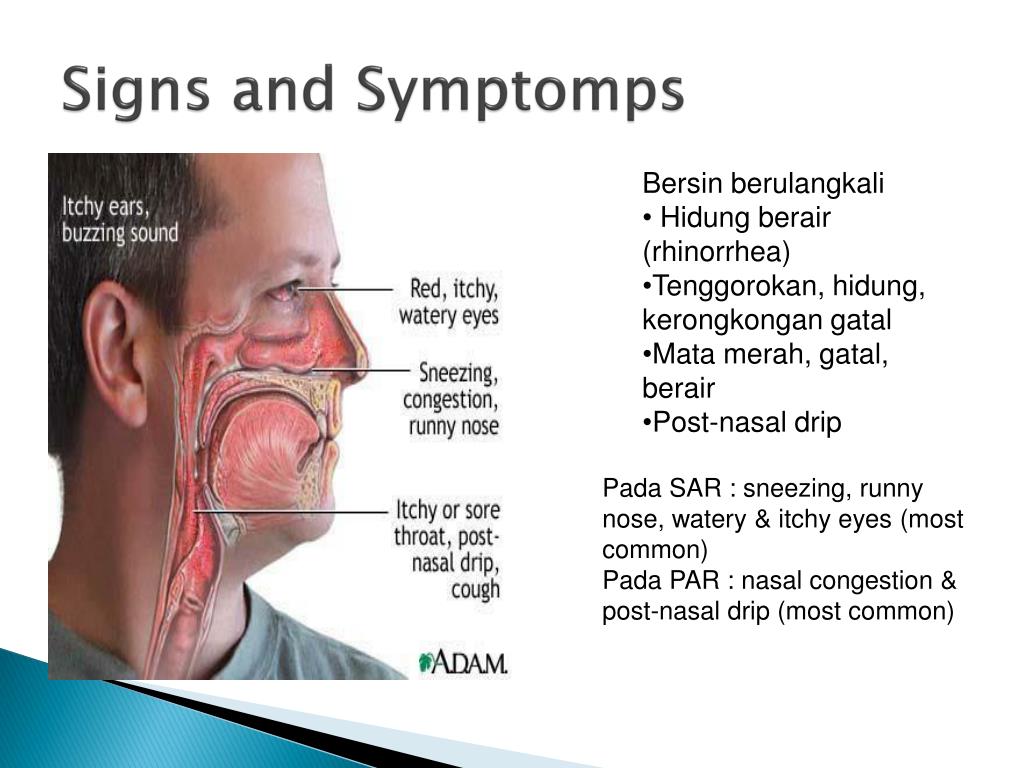
Information:
Allergic rhinitis is different from non-allergic rhinitis, which is caused by things like having a cold, very hot or cold temperatures and humidity.
How you can treat allergic rhinitis yourself
You can often treat allergic rhinitis without seeing a GP.
If you can, try to avoid the things that trigger your allergies.
A pharmacist can also advise you about medicines that can help, such as:
- antihistamines
- decongestant nasal sprays or drops to unblock your nose (decongestants should not be used by children under 6)
- salt water nasal sprays or solutions to rinse out the inside of your nose
You can buy nasal sprays without a prescription, but they should not be used for more than a week as this can make your symptoms worse.
How to clean your nose with a homemade salt water solution
- Boil a pint of water, then leave it to cool.
- Mix 1 teaspoon of salt and 1 teaspoon of bicarbonate of soda into the water.
- Wash your hands.
- Stand over a sink, cup the palm of 1 hand and pour a small amount of the solution into it.
- Sniff the water into 1 nostril at a time. Breathe through your mouth and allow the water to pour back into the sink. Try not to let the water go down the back of your throat.
- Repeat the first 5 steps up to 3 times a day (making a new solution each time) until your nose feels more comfortable.
If you have a high temperature or you do not feel well enough to do your normal activities, try to stay at home and avoid contact with other people until you feel better.
Non-urgent advice: See a GP if:
- you have allergic rhinitis and your symptoms get worse
- you also have asthma and it’s getting worse
- your symptoms are affecting your sleep and everyday life
- you’re not sure what’s causing your symptoms
- treatments from a pharmacist are not working
Treatments for allergic rhinitis from a GP
If pharmacy medicines do not help ease your allergic rhinitis symptoms, a GP may prescribe a different medicine, such as prescription steroid nasal sprays or antihistamines.
You may be referred to a specialist for further tests and treatment if it’s not clear what’s causing your symptoms or they’re severe.
Preventing allergic rhinitis
If you have allergic rhinitis, it’s not always possible to avoid the things you’re allergic to. But there are steps you can take to try to help reduce your symptoms.
But there are steps you can take to try to help reduce your symptoms.
Do
wear wraparound sunglasses to protect your eyes from pollen
use hypoallergenic bedding and covers, and wash bedding regularly at 60C and above
dust with a damp cloth and use a vacuum with a HEPA filter
wash pets at least once every 2 weeks and groom them outside regularly
regularly wash your pet’s bedding and clean any furniture they’ve been on
keep your home dry and well-ventilated, and deal with any damp and condensation
Information:
Find out more
Allergy UK has more information on living with allergies
Page last reviewed: 30 May 2022
Next review due: 30 May 2025
Allergic rhinitis – symptoms and treatment
Allergology-immunology
With the advent of spring, trees begin to bloom, flowers bloom. Along with aromas, the wind carries pollen, which, when inhaled, causes a negative reaction in some people. They begin to sneeze, a sore throat appears, their eyes water.
Along with aromas, the wind carries pollen, which, when inhaled, causes a negative reaction in some people. They begin to sneeze, a sore throat appears, their eyes water.
These are signs of allergic rhinitis. With this disease, the drug Pulmicort is often used. But if it concerns the treatment of a child, it is necessary to calculate the correct dosage of the drug.
There are a number of irritants other than pollen that cause allergies:
• Dust mites.
• Medicinal substances
• Foodstuffs
• Insect bites
• Chemical preparations
• Animal hair.
Symptoms of the disease:
1). Frequent sneezing.
2). Constant runny nose, which can even lead to sinusitis
3). Nasal congestion
4). Lachrymation
5). Itching in the nose, in the throat.
Forms of the disease.
• Seasonal rhinitis – occurs mainly in spring and summer when pollen is carried by the wind.:.jpg)
• Perennial rhinitis – depends on the effect of allergens on the human body.
When symptoms of a disease appear, it is necessary to go to an allergist, who will identify the causes of their onset of the disease using various tests and, depending on the allergen, give recommendations on how to avoid such a condition and prescribe medications.
Treatment of allergic rhinitis:
1). Taking antihistamine medicines, which relieve the allergic reaction, reduce nasal congestion.
2). Nasal sprays – corticosteroids (hormonal) that constrict blood vessels, relieving inflammation
3). Vasoconstrictive nasal drops
4). Enterosorbents – remove the allergen from the body
5). Hyposensitization – the introduction of an allergen under the skin, if it was detected during the tests. Gradually, the dose of the allergen is increased, causing the body to get used to it. The disadvantage of this treatment is the duration and this method cannot be used for people with heart disease.
Prevention of allergic rhinitis:
• Irritants that cause illness should be avoided.
• Moisten the house regularly to prevent dust accumulation.
• Change pillows filled with feathers to silicone ones
• Avoid contact with animals
• Do not eat foods that cause an allergic reaction.
• Avoid insect stings
• During the flowering period, start taking medicines in advance that reduce the risk of allergies
More articles on this topic
Bronchial asthma: a stepwise method of treatment
Bronchial asthma – insidious, but curable! The severity of bronchial asthma is assessed by many criteria, among which it is important to take into account the number of asthma attacks per week, throughout the day, the need to use drugs or an inhaler
Allergology-immunology
Allergic rhinitis
Allergic rhinitis is called an immediate type reaction (anaphylactic). As a result of interaction with the allergen, immunoglobulin E is released and attached to mast cells and basophils.
Allergology-immunology
Asthma attacks: how to help
It is not difficult to calculate a person who suffers from bronchial asthma: wheezing, shortness of breath and difficulty exhaling air from the lungs are sure signs.
Allergology-immunology
What is allergic rhinitis? Clinic AirDOC
Imagine a runny nose that doesn’t go away for weeks or even months… Allergic rhinitis is an allergic reaction to specific allergens that causes inflammation of the nasal mucosa, swelling, runny nose, sneezing. This is not a rare occurrence, according to the World Health Organization (WHO), up to 40% of the population of our planet suffers from allergic rhinitis, and the number of patients only grows with time.
For example, in the US, about 50 million people (that is, 1 in 5) suffer from various types of allergies (Vital and Health Statistics, 2019). At the same time, it is allergic rhinitis that is the most common form of allergy: out of 50 million patients, allergic rhinitis is observed in almost 40 million people, which is 80%!
Allergic rhinitis significantly impairs the quality of life
Disrupts the quality of sleep
- causes daytime fatigue
- reduces performance
Promotes bronchial asthma and sinusitis
Promotes otitis media in children
Proper treatment can get rid of allergy manifestations, so there is no need to endure discomfort! Remember that life without allergies exists.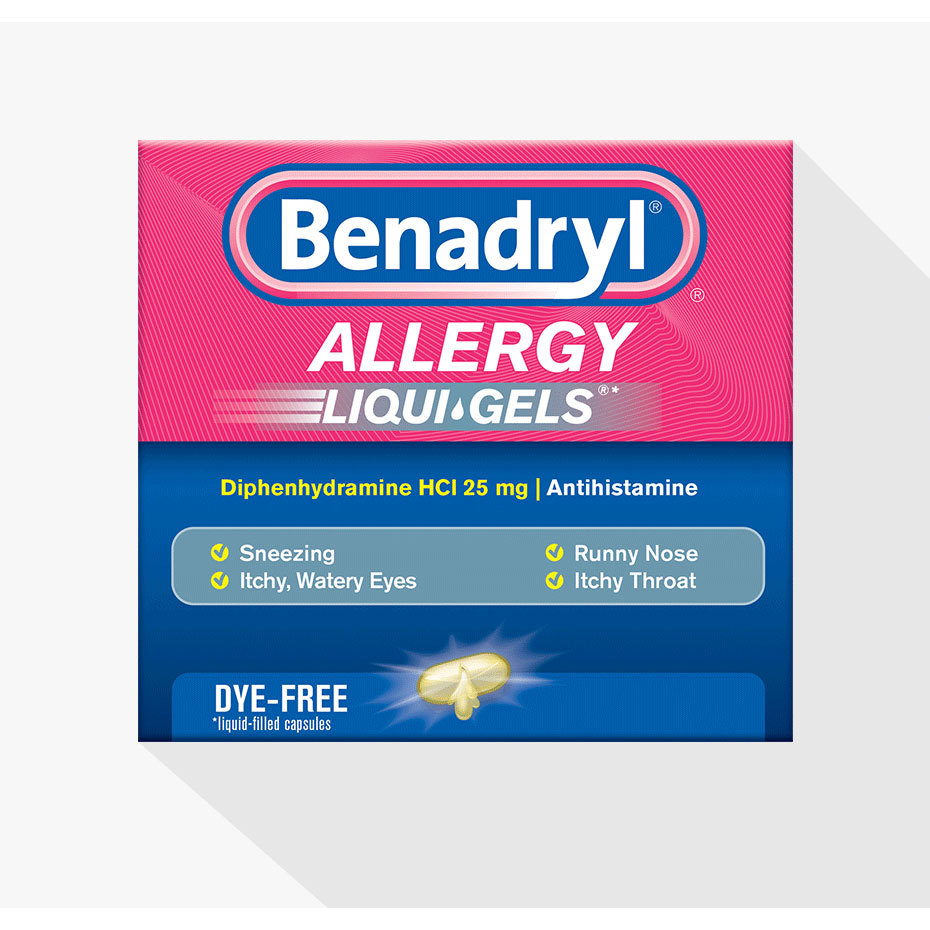
Symptoms of allergic rhinitis
General symptoms of allergic rhinitis include:
- sneezing
- runny nose
- stuffy nose
- itchy nose
- cough
- itchy eyes
- watery eyes
- dark circles under the eyes
- frequent headaches
- excessive fatigue
You will usually feel one or more of these symptoms immediately after exposure to the allergen. Some symptoms, such as recurrent headaches and fatigue, may only occur after prolonged exposure to allergens. Fever is not a symptom of allergic rhinitis.
Some people experience symptoms only occasionally. Other people experience symptoms throughout the year. If your symptoms last more than a few weeks and your condition does not improve, you should consult with a qualified AirDOC clinic physician.
What causes allergic rhinitis?
When your body comes into contact with an allergen, it releases histamine, a natural chemical that protects your body from the allergen. This substance can cause allergic rhinitis and its symptoms, including runny nose, sneezing, and itchy eyes.
This substance can cause allergic rhinitis and its symptoms, including runny nose, sneezing, and itchy eyes.
Common allergens include:
Plant pollen
Dust mites
Dandruff and animal hair
Mold
Tree and flower pollen is more common in spring. Grasses and weeds produce more pollen in summer and autumn.
Risk factors for allergic rhinitis
Allergies can affect anyone. But you are at risk if your family has a history of allergies. Having asthma or atopic eczema can also increase your risk of allergic rhinitis.
Certain environmental factors may trigger or aggravate this condition, such as:
- cigarette smoke
- chemicals
- cold
- humidity
- wind
- air pollution 901 13
The disease can occur at any age. But most often, people first experience allergic rhinitis in childhood or youth. Over time, the intensity of symptoms may change. There are times in a patient’s life when nothing bothers them.

 They are usually caused by sensitivity to airborne mold spores or to pollens from trees, grasses, or weeds.
They are usually caused by sensitivity to airborne mold spores or to pollens from trees, grasses, or weeds.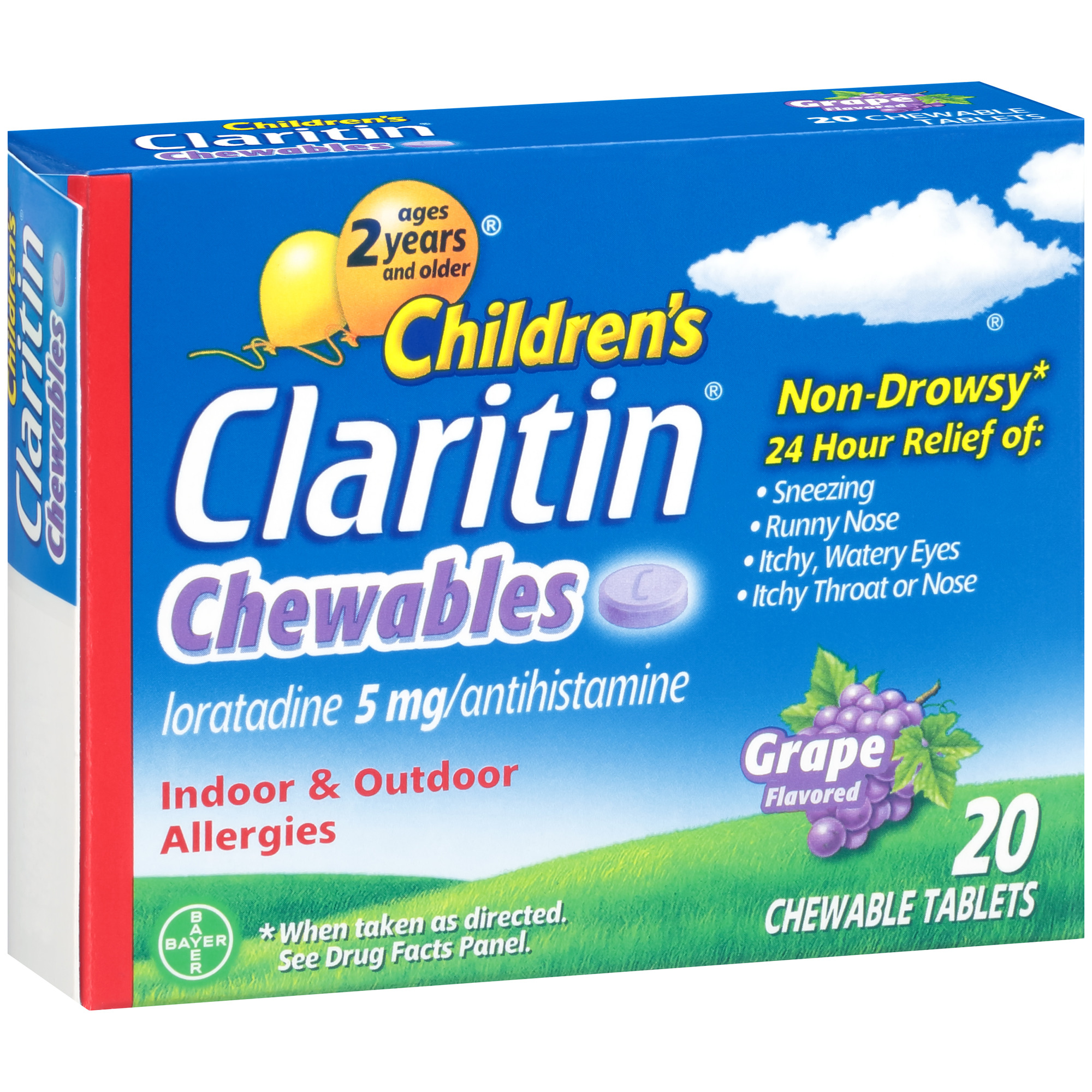 Also known as a percutaneous test, this is the most common type of skin test. The results are known within 10 to 20 minutes.
Also known as a percutaneous test, this is the most common type of skin test. The results are known within 10 to 20 minutes.
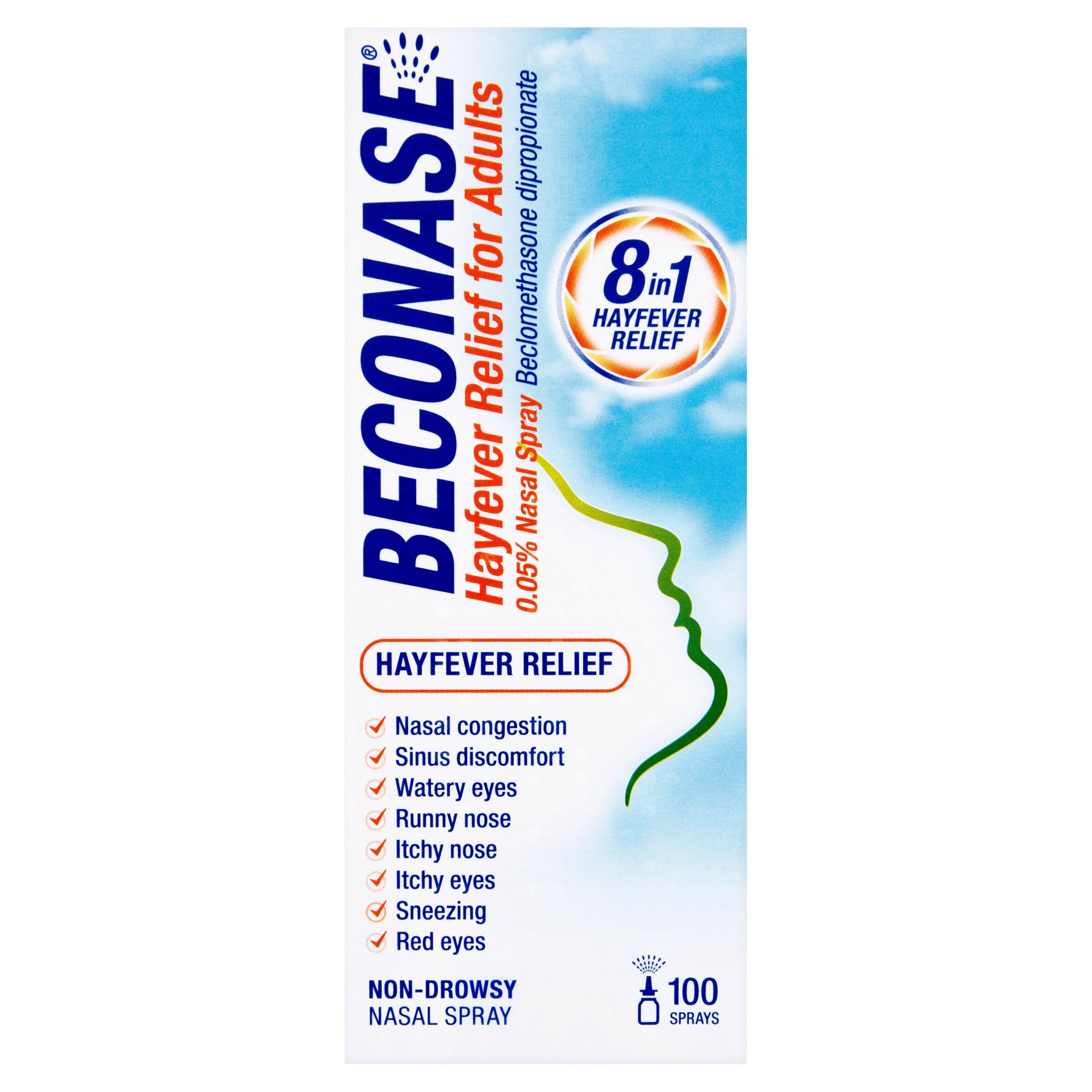
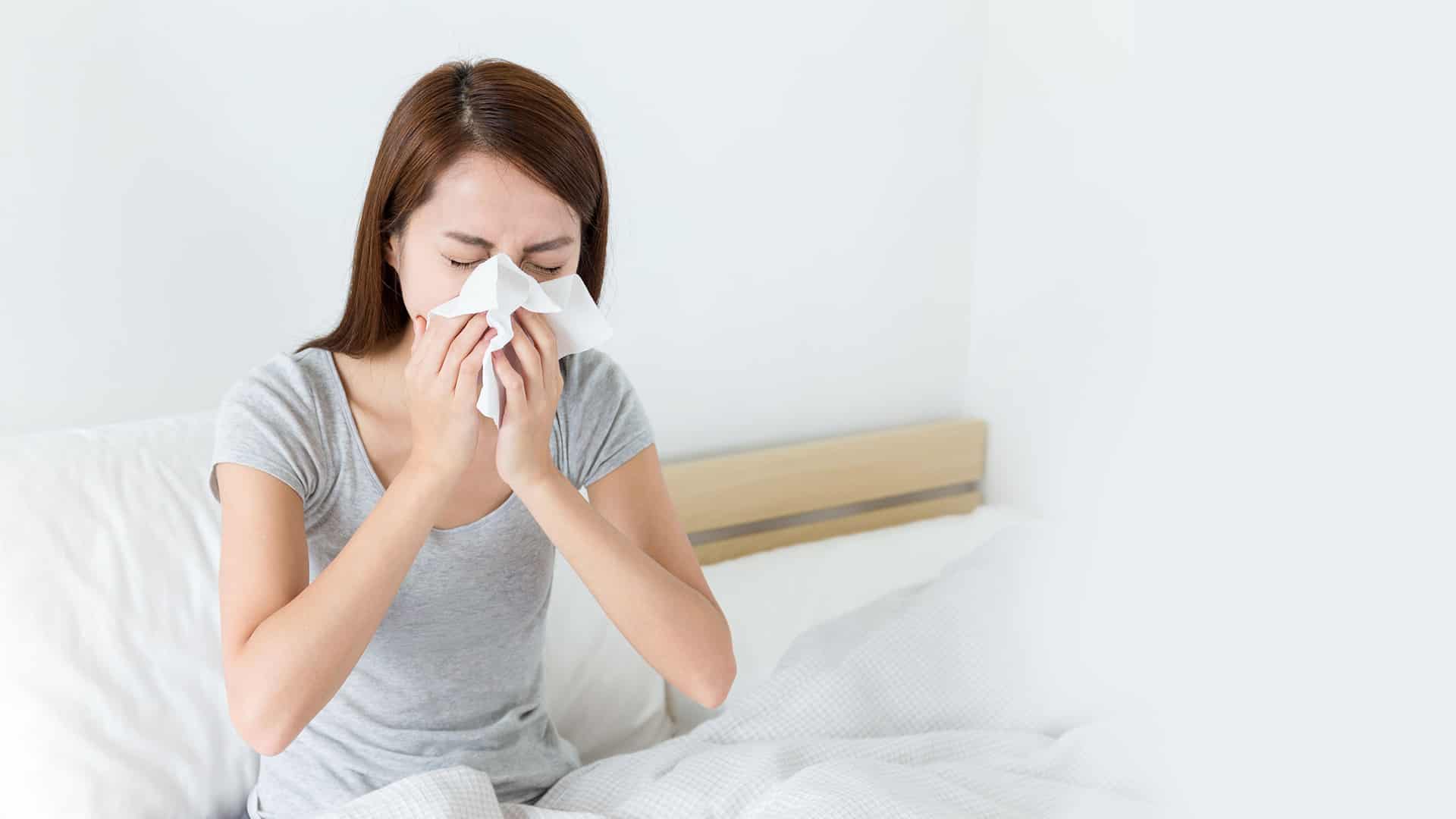
 As tolerance develops over several months, symptoms should improve.
As tolerance develops over several months, symptoms should improve.